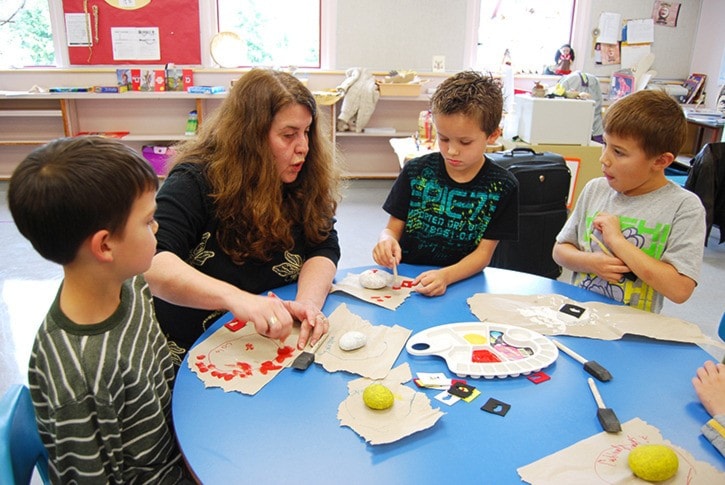Unlike many areas of the province that have a prominent First Nations presence, the Greater Trail area doesn’t have a nearby reserve and there are limited opportunities for anyone with Aboriginal heritage to learn about their culture.
There is, however, an active Aboriginal education program in School District 20 that strives to fill that gap and provide support for students who identify as having First Nations heritage.
“Around 10 per cent of our district’s students have Aboriginal backgrounds,” said Bill Ford, assistant superintendent for schools in SD 20. “The majority are of Metis heritage but all kinds of nations are represented here.”
Ford explained that areas with only one or two First Nations represented it’s considerably easier to have language or culture programs for students but the diverse nature of the local Aboriginal population makes programming more complicated in this district.
“It’s very different here. I think it’s fairly unique to our area but only 10 per cent of our First Nations students have had any kind of on-reserve experience,” Ford said.
“What we try to do is take pieces that might be common to all First Nations cultures and incorporate them into our programs.
Concepts like elders, respect, or residential school experiences.”
The school district currently has one cultural coordinator on staff and seven Aboriginal support workers working in each school in the district.
“In other districts the Ab Ed programs can have different goals but here the main goal is to have the supports in place to improve the educational outcomes for students with First Nations heritage,” said Ford.
“We try to do that by providing supplementary academic support, social and emotional support, and exposing them to Aboriginal culture, ways of knowing, ways of being in First Nations terms.”
At Fruitvale Elementary, as part of its Wednesday Cultural lunch group, some 26 of the school’s 45 students with First Nations backgrounds were working on decorating “speaking stones,” similar to “talking sticks” that are common to some cultures.
“We’re introducing the children to using communication tools,” said Bonnie Vickers, cultural coordinator for SD 20. “It’s a way of teaching them to listen to one another and prepare them if they ever attend a First Nations gathering. They’ll be able to see that it’s one of the common tools and they’ll understand that it means that it’s time to listen.”
Vickers said that introducing the students to First Nations teachings helps to give the children a more rounded sense of self and where they come from.
“We base the teaching on the medicine wheel,” said Vickers. “Four seasons, four stages of life, four aspects of being human; mental, spiritual, emotional, and physical.”
The children had each chosen a favourite colour for their speaking stones from the medicine wheel’s seasonal colour scheme and were adding the totem animal they preferred. Most of the boys in the class seemed to prefer the coyote, the “trickster” from some First Nations stories.
Seven year-old, Grade 2 student, Jordan Walker explained why he liked taking part in the Aboriginal education program.
“I like learning about how people live,” he said. “And I like the crafts.”
